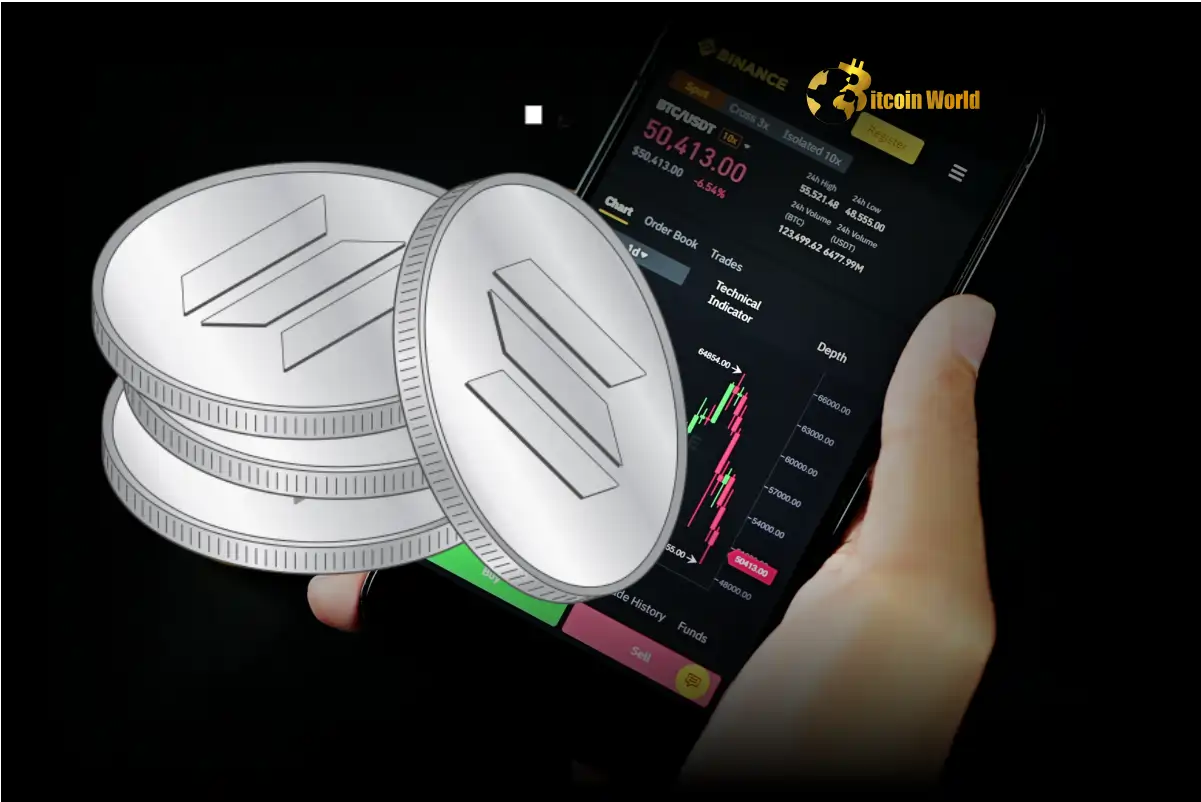 CaryptosHeadlines Media Has Launched Its Native Token CHT.
Airdrop Is Live For Everyone, Claim Instant 5000 CHT Tokens Worth Of $50 USDT.
Join the Airdrop at the official website,
CryptosHeadlinesToken.com
CaryptosHeadlines Media Has Launched Its Native Token CHT.
Airdrop Is Live For Everyone, Claim Instant 5000 CHT Tokens Worth Of $50 USDT.
Join the Airdrop at the official website,
CryptosHeadlinesToken.com
- Bitcoin’s Block P/L Count Ratio fell from over 100,000 to 156.9, following profit-taking at $90K–$100K levels.
- Historical patterns show similar declines during market cooling periods after significant price peaks.
- Sustaining current price levels depends on steady demand, with reduced trading volumes signaling a potential stabilization phase.
After reaching profit levels of $90,000–$100,000, Bitcoin’s market momentum is showing signs of cooling. The Block P/L Count Ratio model, which tracks Profit and Loss within each block, has significantly decreased.
Profit-Taking Peaks Lead to Reduced Market Activity
Tracking Bitcoin’s UTXO Block Profit/Loss Count Ratio model alongside its price movements from 2014 to 2025 in a post by Axel via the X platform. The observation indicates that the Block P/L Ratio recently dropped from above 100,000 to approximately 156.9, indicating a decline in profitable transactions.
Source: Axel Jr(X)
Historical patterns reveal similar declines during periods of market cooling after significant price peaks. Key levels on the chart highlight periods of consolidation, where the ratio moved below 1,000 before recovering.
The current drop follows a profit-taking phase at $90,000–$100,000. The data reflects a cooling period in market activity, with Bitcoin’s price and transaction dynamics aligning with historical trends during profit-taking events.
Investors capitalized on BTC’s peak prices leading to substantial profit realization. This behavior contributed to the sharp decline in the Block P/L Count Ratio, which reflects the number of profitable transactions occurring within each 10-minute block. The drop to 159 indicates reduced trading volumes and cooling market sentiment.
Demand Levels and Current Market Conditions
Despite the declining metric, the market’s ability to sustain current price levels depends on demand remaining steady. A continuation of present demand trends could prevent prolonged stagnation at these levels. However, the reduced trading activity suggests that the market may require time to adjust to the shift in momentum.
Market analysts are observing the duration of this stabilization period closely. The time needed for the market to exchange coins at these levels will largely depend on renewed buying interest and broader market trends.












